Ukraine prepared to fight North Korean troops in the Russian region of Kursk on Wednesday, as the entry of a second nuclear power in Russia’s war against Ukraine threatened to escalate and broaden the conflict.
The United States Pentagon confirmed on Tuesday that North Korean troops were in Kursk, where Ukraine launched a counter-invasion almost three months ago.
Pentagon spokesman Pat Ryder said there was “a small number [of North Korean troops] in the Kursk oblast, with a couple of thousand more that are almost there or due to arrive imminently”.
A senior South Korean official told reporters on Wednesday that about 3,000 North Korean troops were being moved close to the front lines.
NATO Secretary-General Mark Rutte confirmed the deployment on Monday. “Today I can confirm that North Korean troops have been sent to Russia and that North Korean army units are deployed to the Kursk region,” he told reporters.
He called it “a significant escalation in the [Democratic People’s Republic of Korea’s] ongoing involvement in Russia’s illegal war”, and “a dangerous expansion of Russia’s war”.
Ryder confirmed that North Korea had sent a total of 10,000 troops for training in eastern Russia. South Korean and Ukrainian intelligence last week suggested the number could be as high as 12,000.
The extent to which these troops could help Russia’s war effort is unclear because Russian personnel requirements are enormous.
Ukrainian ground forces commander Oleksandr Pavlyuk said via Telegram on Sunday that an estimated 10,520 Russians were dead or wounded in the preceding week.
In Kursk alone, Russia had suffered 17,800 casualties over the past three months, Ukrainian commander-in-chief Oleksandr Syrskii said on Telegram, including 6,600 killed.
North Korea could not make an appreciable difference, said researcher Olena Guseinova in a new study for the Friedrich Naumann Foundation last week.
“The regime, in perspective, could potentially provide Russia with an additional 3 to 4 units, comprising 15,000 to 20,000 soldiers of various skills,” she concluded. “Even in such a case, however, North Korean assistance is unlikely to change the overall course of the war.”
The reasons, she said, were political and military. “The deployment of a large number of soldiers poses challenges in controlling their movements on the ground, heightening the possibility of desertion or defection,” Guseinova wrote, requiring “security personnel to closely monitor the troops”.
She also said, “North Korea cannot afford to deplete its valuable human resources, particularly given that its primary adversary, South Korea, has a population twice its size.”
 (Al Jazeera)
(Al Jazeera)
Caution from allies on both sides
US messaging on the terms of Ukrainian engagement with North Korean forces was fuzzy, as officials appeared to come to grips with the implications of Washington openly encouraging engagement of a nuclear adversary through proxies.
Asked on Tuesday if he supported Ukraine attacking the North Koreans, US President Joe Biden said: “If they cross into Ukraine, yes.”
Asked if Ukraine was at liberty to use US weapons against North Korean troops, Ryder said: “We’ve been very clear that Ukraine is able to employ those capabilities to defend their sovereign territory from threats that are either emanating from across the border or from inside Ukrainian territory.”
On Wednesday, South Korea appeared to pull back from previous suggestions it might assist Ukraine militarily, in retaliation for the North’s assistance of Russia.
South Korea’s Yonhap News Agency said Seoul would not send 155mm shells to Ukraine, citing sources in the office of President Yoon Suk-yeol.
A week earlier, an unnamed South Korean presidential official was quoted by Reuters telling reporters: “We would consider supplying weapons for defensive purposes as part of the step-by-step scenarios, and if it seems they are going too far, we might also consider offensive use.”
South Korea will send an intelligence delegation to monitor the military effectiveness of North Korean troops.
There was caution among Russia’s friends, as well.
Russian President Vladimir Putin hosted a BRICS summit in Kazan last week, in an attempt to show that Russia has support in the world.
The Kazan Declaration, however, signed by China, India, Brazil and others, emphasised a peaceful resolution to the conflict, “consistently with the Purposes and Principles of the UN Charter”.
Article 2 of the Charter calls on nations to “settle their international disputes by peaceful means” and “refrain in their international relations from the threat or use of force against the territorial integrity or political independence of any state”.
Russia’s only ally in Europe, Belarus, appeared to deny that it might follow in North Korea’s footsteps.
“It would be a step towards the escalation of the conflict if the armed forces of any country, even Belarus, were on the contact line,” Belarusian President Alexander Lukashenko told the BBC’s Steve Rosenberg.
“Even if we got involved in the war this would be a path to escalation. Why? Because you, the Anglo-Saxons, would immediately say that another country had got involved on one side… so NATO troops would be deployed to Ukraine.”
 (Al Jazeera)
(Al Jazeera)
Russia’s incremental gains continue
Russia continued to make small territorial gains within Ukraine itself during the past week, as it has throughout this year.
On Sunday, Russian troops captured the settlement of Selidovo in the eastern Donetsk region, by advancing from several directions at once.
In an apparent tactical innovation, Russian forces also mounted light, first-person view (FPV) drones with ammunition onto heavy reconnaissance drones, enabling them to travel deeper behind Ukrainian lines.
“The zone of its damage was expanded due to the depth of penetration of the main reconnaissance UAV [unmanned aerial vehicle], which… dropped the FPV drone directly in the area of impact with the targets,” National Guard spokesman Vitaly Mylovydov told a telethon.
Despite its constant, small territorial gains, Russia has not achieved anything like the tempo of its initial invasion, said military experts.
The Institute for the Study of War (ISW), a Washington-based think tank, assessed that Russian gains in September averaged 14 square kilometres (5.4sq miles) a day, slightly more than 1 percent of the 1,265sq kilometres (488sq miles) Russian troops seized per day in March 2022.
“Rapid Russian advances deep into Ukrainian territory, including the temporary seizure of large portions of Kyiv, Chernihiv, Sumy and Kharkiv oblasts characterised the first month of the Russian full-scale invasion,” said the ISW, “whereas more recent Russian advances have been characterised by small-scale, localised, tactical advances”.
 (Al Jazeera)
(Al Jazeera)
 (Al Jazeera)
(Al Jazeera)
Ukraine developing its defence industrial base
Vexed by its allies’ lack of readiness or resolve to send the weapons it needs, Ukraine has fostered the development of its own defence industry during the past year.
Attending the fourth Ukraine-Nordic countries summit on Monday, Ukrainian President Volodymyr Zelenskyy encouraged more investment in Ukraine’s and Europe’s defence industrial base.
“Please continue to develop your own industries, producing everything needed for defence, including sensitive items like microchips. Europe needs industrial strength and independence from other parts of the world,” Zelenskyy said.
He appeared to refer to the US restriction on the use of its weapons to within a short range of the Ukrainian border, which also affects European-made weapons with US components. Ukraine has sought to use long-range US weapons to strike Russian airfields.
Ukraine’s industrial policy has yielded impressive results. Its Ministry of Defence revealed on Tuesday that in the first 10 months of the year, it had issued contracts for the supply of 1.6 million drones of various types, nearly 1.3 million of which had been delivered.
Ukraine has substituted drones for 155mm shells, where Russia has a roughly 2:1 advantage, and used them with devastating precision against Russian drones, dugouts and armour.
Ukraine’s armed forces said drone pilots were practising destroying Russian-made Gerbera drones as training to take out Iranian-designed Shahed drones.
On Friday, Zelenskyy told his national security council, “The biggest priority is drones, of course; including drones that can shoot down Shaheds and other attack drones.”
On Sunday, German defence contractor Rheinmetall CEO Armin Papperger told Ukrainian news outlet TSN that the company has finished building the first of four plants in Ukraine and will start producing Lynx armoured fighting vehicles for the Ukrainian armed forces by the end of the year. Rheinmetall is also building plants to produce gunpowder, ammunition and air defence systems.

 Movie
Movie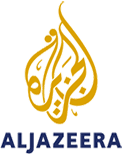 2 months ago
75
2 months ago
75 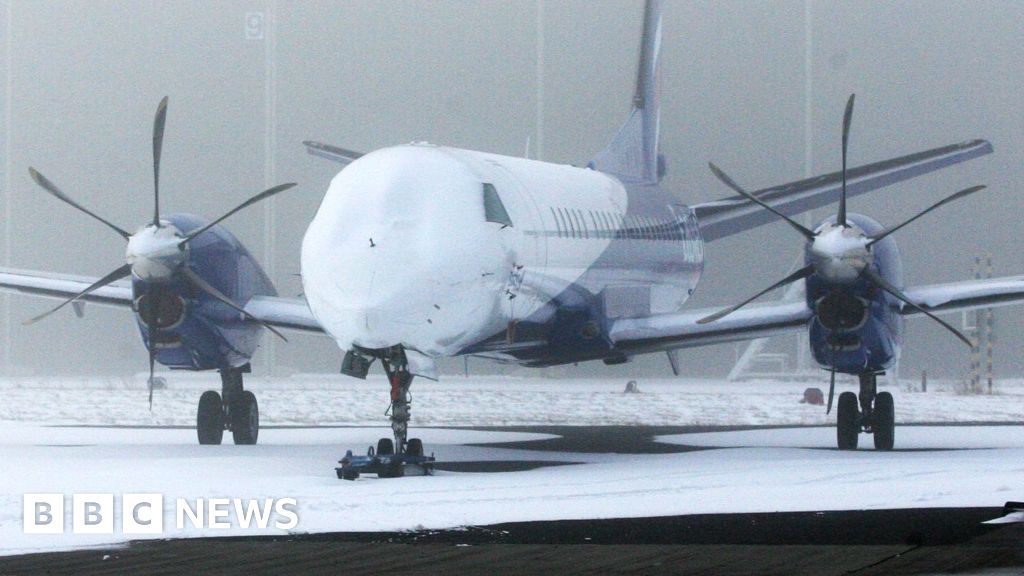
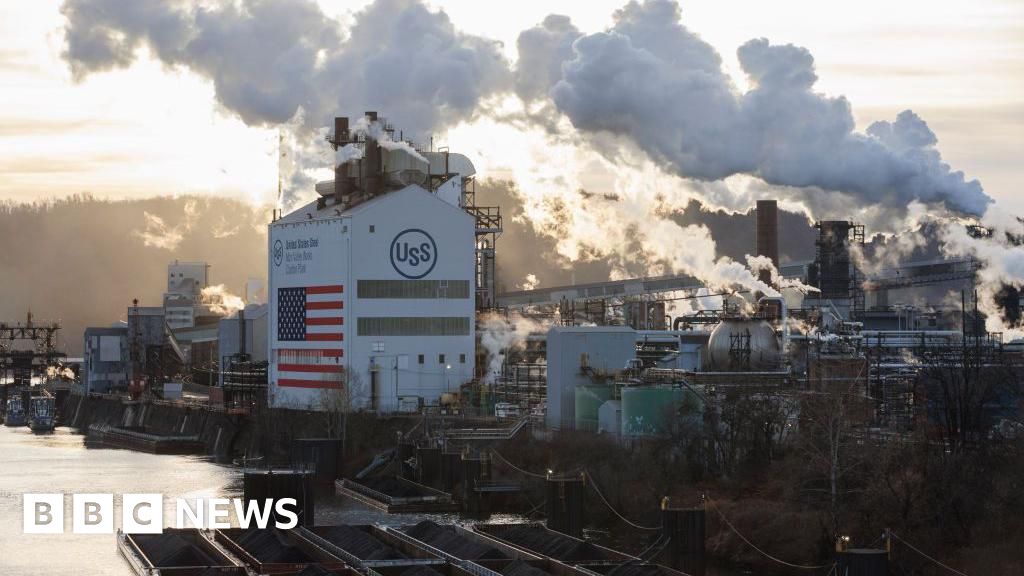
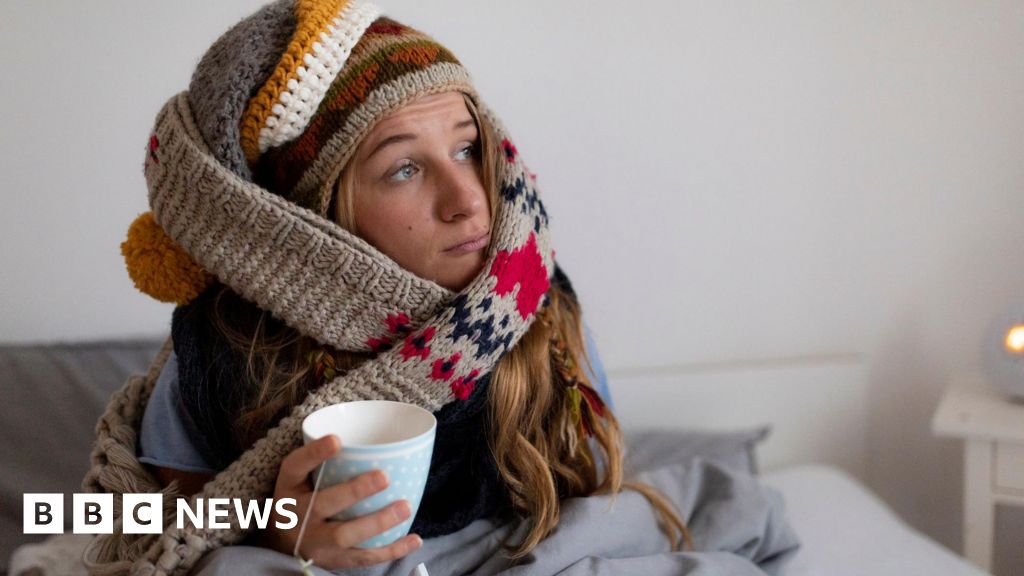

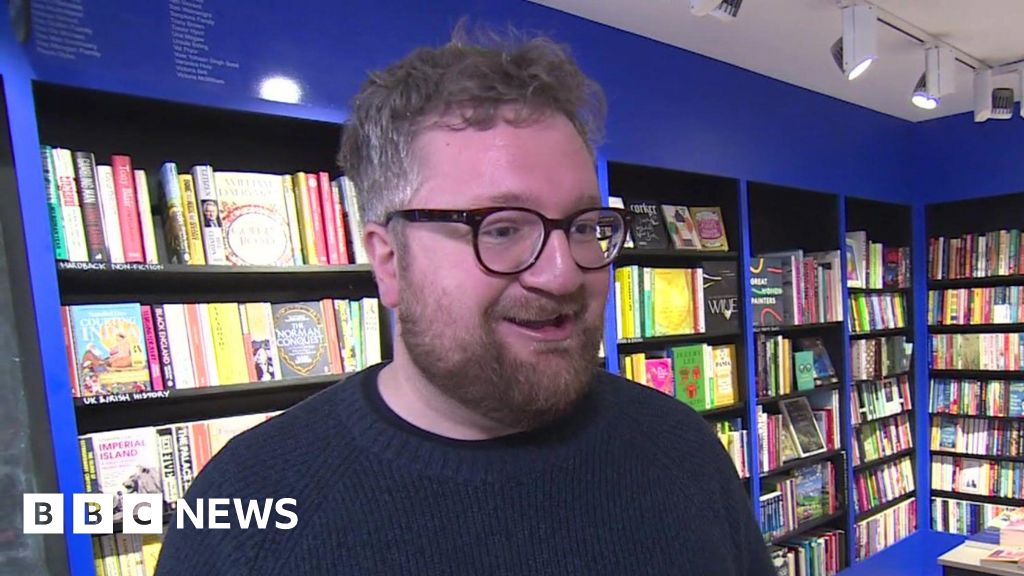

![Presidents Day Weekend Car Sales [2021 Edition] Presidents Day Weekend Car Sales [2021 Edition]](https://www.findthebestcarprice.com/wp-content/uploads/Presidents-Day-Weekend-car-sales.jpg)



 English (United States)
English (United States)